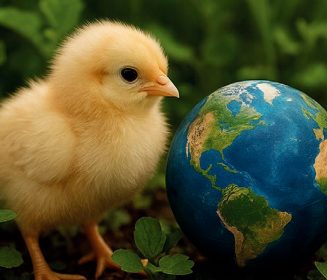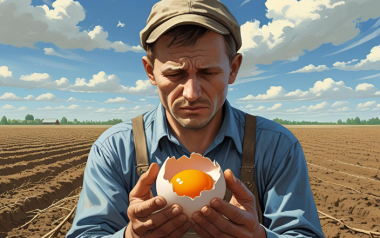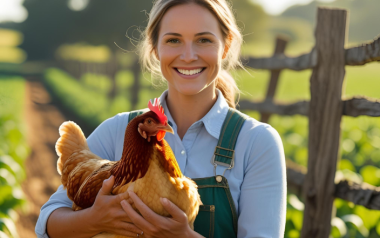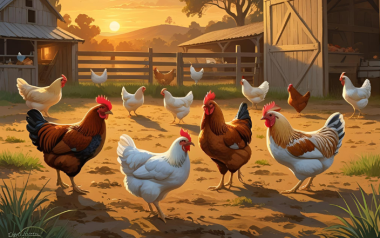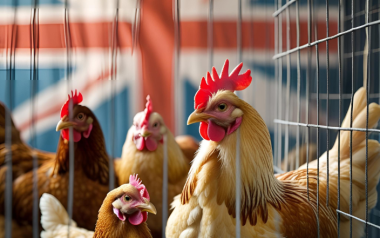30 Jun 2020
Chicks’ arrival at the farm: Pre-preparation of the house
Content available at: Español (Spanish)A key moment in the breeding process is when the chicks first arrive to the farm. […]
Available in other languages:
Content available at:
Español (Spanish)
A key moment in the breeding process is when the chicks first arrive to the farm. The importance of this fact means that the subsequent development and even the health of the birds can be influenced. Normally a bad start entails a bad continuity down the line.
To achieve a correct reception, prior preparation of the warehouse is mandatory, based on prior cleaning and disinfection of the facilities with the breeding material, after the departure of the previous flock.
Subsequently, the house must be conditioned with the appropriate bedding or litter. It can be made of different materials, but pellets and sanitized dry wood chips are the best options today to have a dry litter that guarantees animal welfare and is not predisposing to problems with pododermatitis.
Undoubtedly, there are other materials that can be used, but they are less suitable and are only used sometimes due to the erroneous economic component of their raw cost or the proximity of the supplier. But we must not forget the famous saying that says “that the poor pay double”. Breeding in a bad environment as a consequence of a poor litter quality will open doors to pathogens and eventually cause quality problems in the flock.
The use of a good litter, together with a good preheating and humidity of the immediate surroundings will allow the chicks to start in the most comfortable state possible. It must be remembered that the chicks are poikilothermic at the beginning and this implies that they cannot control their own temperature and therefore are dependent on the environmental temperature conditions in their initial days of life.
The thickness of the bedding will depend on the material used:
- Thus, for pellets and shavings, the ideal is usually between 3.5 and 4.5 kg / m2, but for materials such as rice husks and chopped straw, the height should be greater, since these materials hardly absorb, requiring between 6 and 8 kg / m2.
It is important that the distribution of the litter be uniform throughout the floor of the house and that bare areas are not provided where adequate temperature maintenance is not achieved and that birds move away from these areas and crowd in others.
Warming up the house is vital. The main objective is to heat the ground to at least 28 ºC and the ambient temperature at the chick level to 31-34ºC, with a relative humidity between 45 – 65%. This will require the heating to be switched on 24-48 hours before chicks enter with an overhead heater or a maximum of 60 minutes if invisible electric infrared hoods are used. With infrared, we avoid having to heat the whole volume of air in the house, as only the animals and the material in the houses are heated.
For correct heating at reception, a value of 120 w / m2 should be calculated for infrared use and 140 w / m2 for environmental use or an equivalent of about 5 Kcal / chick.
TO CONTINUE READING REGISTER IT IS COMPLETELY FREE
Access to articles in PDF
Keep up to date with our newsletters
Receive the magazine for free in digital version
REGISTRATION
ACCESS
YOUR ACCOUNT
LOGIN
Lost your password?





